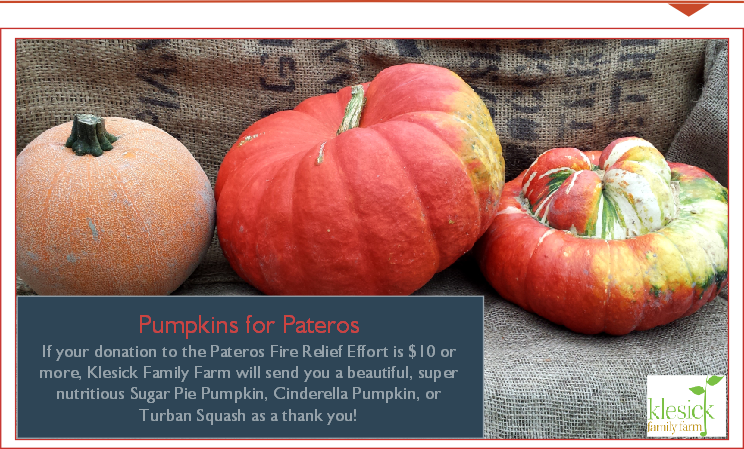Anybody else ready to move on from the Sugar Manufacturer’s lovefest, AKA Halloween, and start focusing on eating better? I for one am no fan of what the Sugar Manufacturers are doing to America’s population. Let’s be honest, no one really considers Halloween to be a healthy event.
Thankfully, we don’t have to eat that way. We might choose to eat that way, but nobody is forcing us. It is by choice. One of my goals for the next 2 months of holidays is to create some non-negotiable rules.
I am choosing natural sugars and mostly whole fruit. You won’t find real honey or maple syrup in a candy bar. That nonnegotiable alone will limit the majority of your sugars. I am mostly not eating processed foods that have sugar in them.
Eating 3 meals a day is my next non-negotiable and only filling my plate once (important especially on Thanksgiving). I am going to fill my plate with organic vegetables, salad items, and meats. I am not going to be snacking, but will let my digestive system rest between meals.
And lastly, I am going to (loosely) preplan my meals for the next day. I am going to have a plan for my food based on what is in my refrigerator and the pantry. Nothing derails eating well more than letting the moment dictate your meal options. Ever try to find something healthy to eat at a convenience store???
Healthy eating made simple is my goal, and given what seems to be the normal hectic unsustainable pace of life, having a few non-negotiables will help. It certainly helps that I usually have more energy, feel better and my blood pressure stays in the normal range when I follow these “non-negotiables”–and these are just a few of the “incidental” blessings from eating well.
Next Week
Next week we will be gearing up for the Thanksgiving holiday and publishing our menu for the Thanksgiving Holiday Box. It will have all the ingredients for a great meal and you will be able to order a box, shop for individual items or a combination of both.
And, as you already experience every week, we will hand select the freshest ingredients (many from local farms) and save you the hassle of shopping at the store, especially during a holiday week. Doesn’t that sound nice? No parking hassles, no long lines and no time spent looking through the already picked over produce.
The Klesick Farm team is excited to be your partner in good health by delivering high quality produce at fair prices and saving you precious time that you can use for whatever you want!
Tristan Klesick
Farmer/Health Advocate

